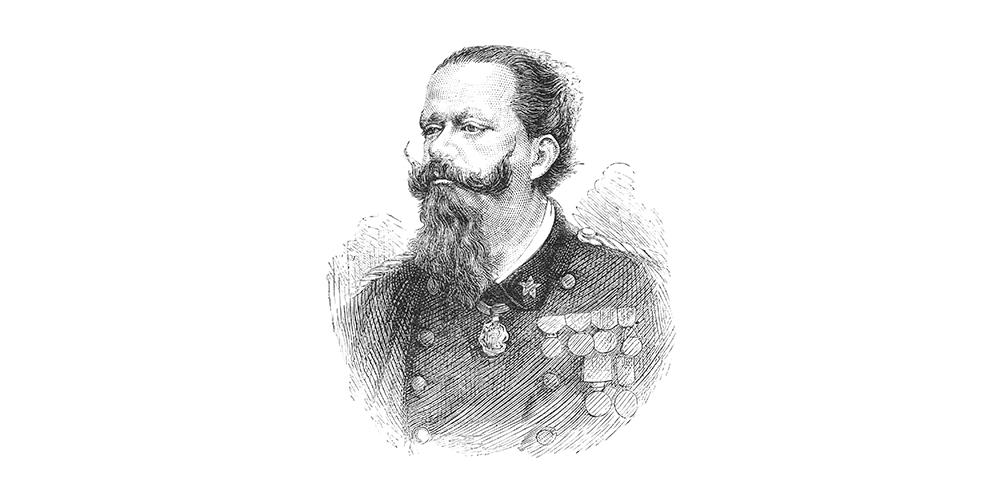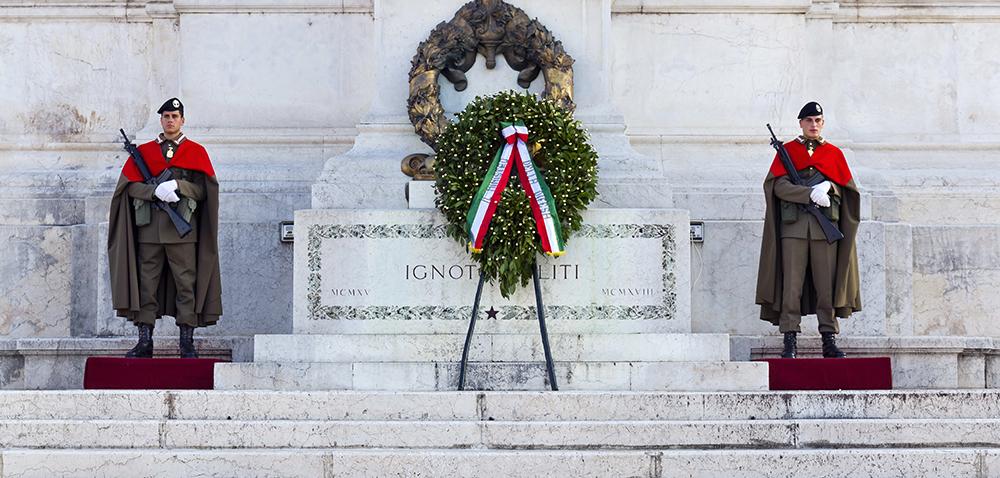March 17. A celebration of united Italy
It may seem strange to imagine, but Italy was once made up of a collection of rival states and conflict was common.
A large European province left over from the fall of the Western Roman Empire, Italy went from unity, to division as the actions of the Byzantine empire divided the country into a number of states, each served by a major city. Many prospered under self-rule and some key cultural landmarks – such as the Renaissance period in Tuscany, happened as a result.
But following the French revolution, there became a renewed eagerness throughout Europe to restore legitimate sovereigns to their thrones and reduce the power of the smaller city-states. Reunification was a slow process, but prominent figures such as Giuseppe Garibaldi and Camillo Benso Cavour emerged, who would champion the concept of a more ‘integrated
Italia’, and used their political influence to slowly convince others.
Widely considered the most important step was the enactment of law no. 4671 of the Kingdom of Sardinia on March 17, 1861.
Following the proclamation of the birth of the Italian Kingdom by Victor Emmanuel, the law made unification official and resulted in a day that would go down in the pages of history – March 17, 1861, the day Italy became one.
A large European province left over from the fall of the Western Roman Empire, Italy went from unity, to division as the actions of the Byzantine empire divided the country into a number of states, each served by a major city. Many prospered under self-rule and some key cultural landmarks – such as the Renaissance period in Tuscany, happened as a result.
But following the French revolution, there became a renewed eagerness throughout Europe to restore legitimate sovereigns to their thrones and reduce the power of the smaller city-states. Reunification was a slow process, but prominent figures such as Giuseppe Garibaldi and Camillo Benso Cavour emerged, who would champion the concept of a more ‘integrated
Italia’, and used their political influence to slowly convince others.
Widely considered the most important step was the enactment of law no. 4671 of the Kingdom of Sardinia on March 17, 1861.
Following the proclamation of the birth of the Italian Kingdom by Victor Emmanuel, the law made unification official and resulted in a day that would go down in the pages of history – March 17, 1861, the day Italy became one.


